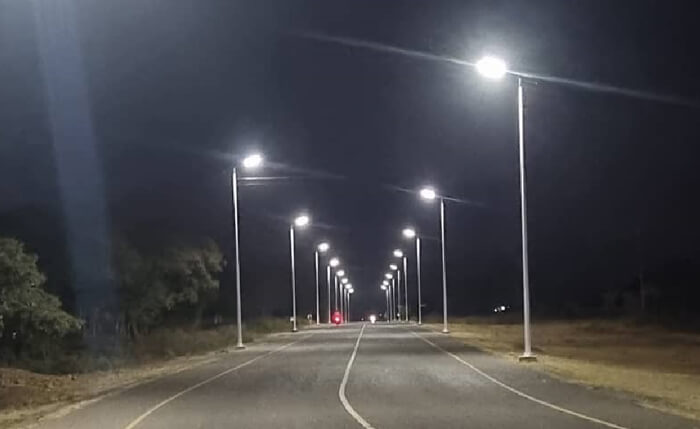Road Lighting Distribution Design
- Views
- 28 Jun 2024
1. Preview the effect of road lighting.
2. Compare various values such as illumination intensity (Max., Min. and average), mounting height, pole space, uniformity, etc.
2. Calculate project budgets.
3. Avoid the risk of errors。
The main function of road lighting is to provide the necessary visual conditions for road users to travel safely and comfortably at night. Road lighting should reveal all features of roads and traffic (including sidewalks, lanes, road signs, road markings, curbs, verges, zebra crossings, crosswalks, etc.) that are important to all users including pedestrians, cyclists and drivers very important. Moreover, street lighting fixtures, in addition to being efficient, reliable and durable, should also look good day and night and be in harmony with the surrounding environment.
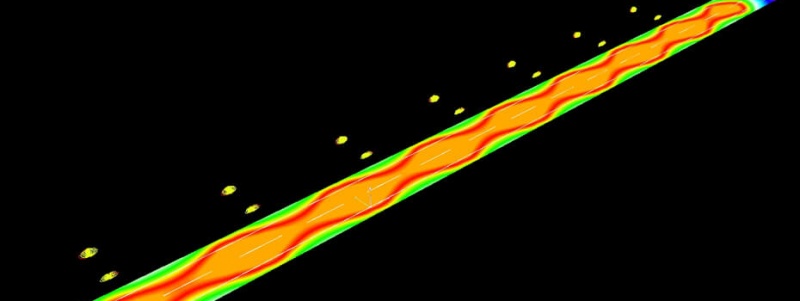

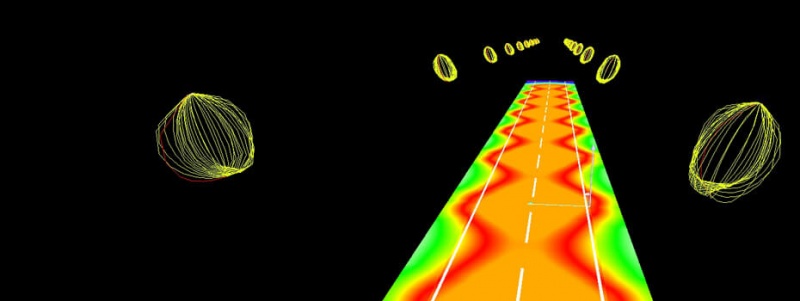
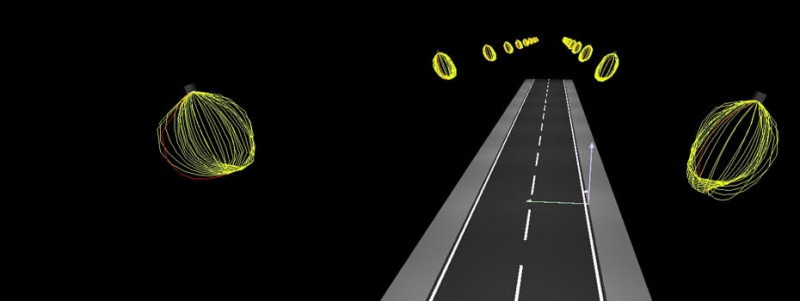
Roadway lighting levels are described in classes with different lighting parameters to suit local lighting requirements. These classes should be selected according to the function of the road, traffic density, traffic complexity, traffic segregation, pedestrian flow and ambient brightness. For road classification, you can refer to EN13201 standard.
Carriageways(M1 to M6)
For motor vehicle lanes, there are 5 lighting levels (M1, M2, M3, M4 and M5), and the 5 lighting levels are shown in the table below for different types of roadway lighting. The recommended maintained average luminance (Lav) ensures that the roadway is bright enough to adequately display objects, while the recommended overall uniformity ratio (Uo), the ratio of minimum to average luminance over a defined area, ensures that no part of the road surface is too dark So that it cannot be used as a background for displaying objects. The recommended longitudinal uniformity ratio (Ul) is the ratio of the minimum luminance to the maximum luminance along a longitudinal line passing through the observer’s position, ensuring that visible visual spots are avoided on illuminated road surfaces. Disabling glare, measured as Threshold Increment (TI), reduces the contrast between an object and its background. The recommended TI limit ensures that glare does not impair the vision of road users.
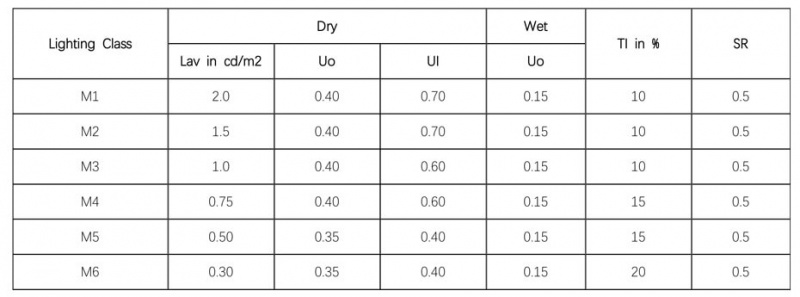
According to our actual installation experience, we recommend the average illumination intensity for different streets.
1. Residential road (width less than 4 meters): the average illumination is about 6 lx (Max. 8).
2. Park road (width less than 6 meters): the average illumination is about 8 lx (Max. 10).
3. Secondary truck road (width less than 8 meters): the average illumination is about 15 lx (Max. 20 lx).
4. Main road (width less than 16 meters): the average illumination is about 20 lx (Max. 30 lx).
For the vehicle lanes, the illumination intensity ratio between Min. and Max. should be more than 0.5. The larger ratio indicates better uniformity, which benefits safe driving.
QKEEP provides different all in one solar street lights to meet various of luminous needs.
Q3 and Q5 series are suitable for roads with a width of less than 5m.
(Refer to link - https://www.qkeeptec.com/article_52.html)
Q6 and Q7 series are suitable for roads with a width of less than 12m.
(Refer to link - https://www.qkeeptec.com/article_49.html)
Please contact us - evan@qkeeptec.com.

Related Blog
- QKEEP in the 138 Canton Fair
- QKEEP in Guagnzhou Lighting
- 2025 Guagnzhou Lighting Show
- Dimmable Floor LED Lights
- 4000lm Tripod Work Lights
- Upgraded Tripod Work Lights
- 2025 Chinese Snake Year
- All of W1 Series Tripod Work Light
- Road Lighting Distribution Design
- Cases of AIO Solar Street Lights
- QKEEP in COSP 2024 Show
- 2024 Chinese Dragon Year


